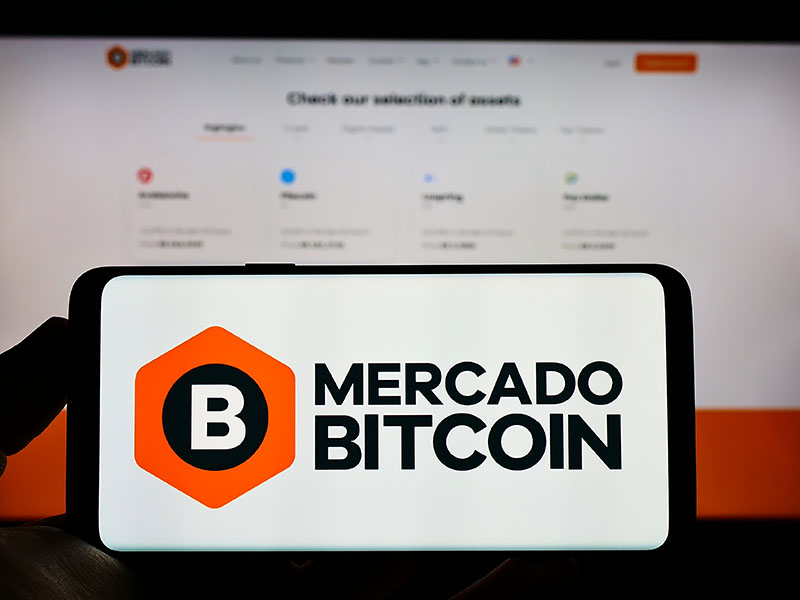[ad_1]
Besides having a love for football, Brazil and Mexico are similar in that they are lacking semiconductors, facing inflation pressures, and are both benchmarks in Latin America in terms of fleet and mobility policy making.
However, there are many differences between the two of which fleet and mobility experts need to know, according to some of the latest updates on the Global Fleet Wikifleet pages of the two countries.
For more insight on what is happening in Latin America, mark your calendars for July 5, the next Fleet LatAm Business Networking group meeting taking place online. (last meeting, face-to-face in Portugal)
In addition to being the only country in Latin America that speaks Portuguese, expect more pricing pressure in Brazil right now owing to inflation of 11.3% and a benchmark interest rate of 12.75%. Inflation certainly exists in Mexico, but it is significantly less at 7.45%, and its interest rate is 6.5%.
Moreover, unemployment in Brazil is 11% compared to only 3% in Mexico, another factor which may impact vehicle benefit programs more so in Brazil.
Regarding commercial vehicle sales, however, Brazil is showing better post covid pandemic comeback performance. While the sale of light commercial vehicles was up 24% year-over-year in 2021 in the country, it rose by approximately 11% in Mexico.
Automaker selection is also quite different. While the OEM of choice for the commercial fleet market in Brazil in 2021 was Fiat, Toyota, and Chevrolet (in that order), they are Nissan, Volkswagen, and Chevrolet in Mexico.
In terms of popular pickup models in Brazil, the Fiat Strada and Toro are best sellers, followed by the Toyota Hilux, Chevrolet S10, and Volkswagen Saveiro. The Ford Ranger is also a good seller in the country.

2021 Fiat Strada (courtesy of Fiat)
As for Mexico, in pole position is the Nissan NP 300, followed by the Toyota Hilux and Volkswagen Amarok. In terms of light commercial vehicles (LCV), fleet managers look most toward Volkswagens such as the Caddy 5, Transporter 6.1, and Crafter. Ford Transit is also one to look out for.

Nissan NP 300 Frontier (courtesy of Nissan)
When it comes to fueling your vehicles, Mexico has it better as the average price per liter is US$1.14 as opposed to US$1.43 in Brazil. In the latter, fuel price increased nearly 50% in 2021 and the trend hasn’t let up much in 2022.
The difference is even more stark when it comes to the price of electricity. While the average household price per kWh of electricity in Mexico last year was only US$0.8, it was US$0.15 in Brazil. Considering business price, however, Mexico jumps to US$0.16 while Brazil remains at US$0.15.
In Mexico, xEv (all types of electrified vehicle) are bit easier to come by owing to the lower price point of vehicles. The popularity of ethanol in Brazil will continue to be a green alternative for many fleets throughout the country, thus putting a damper on some xEV sales.
Last but not least, keep in mind that the most common vehicle leasing model of choice in Brazil is the closed-end lease where the leasing company takes on asset depreciation risk and contract terms are more fixed (similar to what is found in Europe).
In Mexico, it is the open-end model in which the lessee takes on depreciation risk, but terms are more flexible (similar to what is found in the United States).
So keep in mind, when managing your global fleet across Latin America, there are two countries which other seem to follow as a rule of thumb. However, know the difference between the two and then determine which style or styles are best for your fleet across the region.
[ad_2]
Source link















